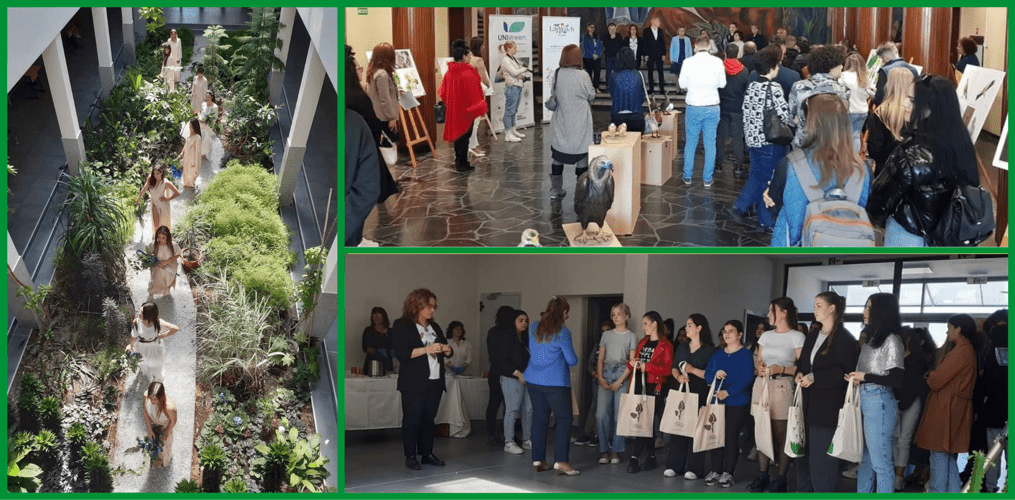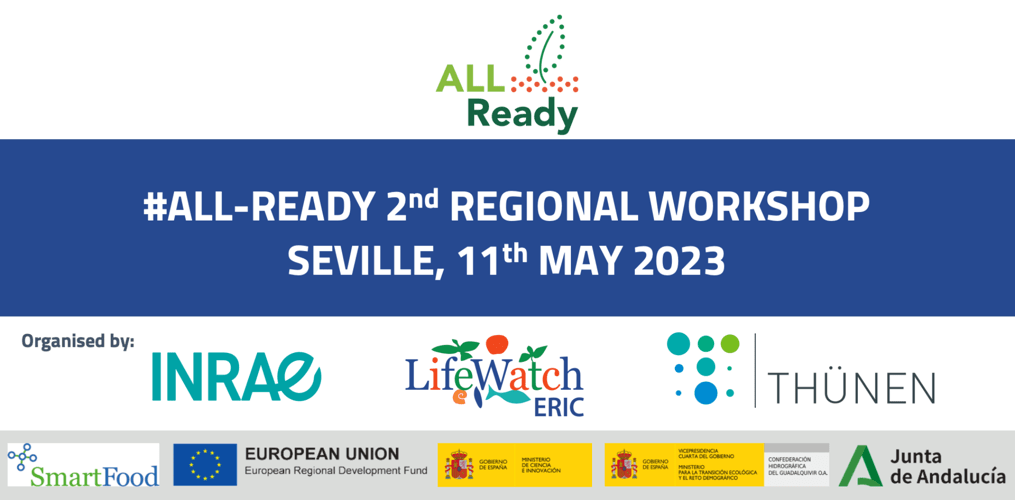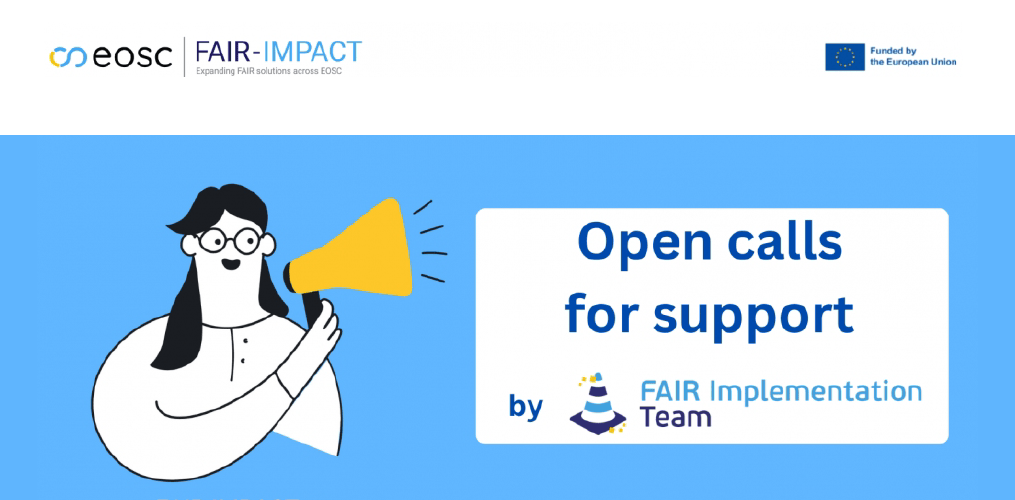The LifeWatch ERIC ICT-Core held an extensive working meeting at their headquarters in the Cartuja Science and Technology Park in Seville, with Octavi Quintana, Director of PRIMA Foundation.
PRIMA’s Director left an important legacy as Director of “European Research Area”, Directorate-General for Research and Innovation at the European Commission, while fostering the development of Research Infrastructures and policies.
LifeWatch ERIC and PRIMA – The Partnership for Research and Innovation in the Mediterranean Area – are exploring collaboration opportunities with the intention of extending good practices and use of e-research tools in Mediterranean countries.
The aim of the PRIMA Foundation is to build research and innovation capacities and develop much-needed, shared and innovative solutions for a more sustainable management of water and agri-food systems in the Mediterranean basin. PRIMA focuses in particular on new research and innovation approaches to improve: sustainable management of water in arid and semi-arid Mediterranean areas; sustainable farming systems under Mediterranean environmental constraints; sustainable Mediterranean agri-food value chain for regional and local development.
LifeWatch ERIC CTO, Juan Miguel González-Aranda, introduced the team and explained the major initiatives in applied research and innovation, and the digital tools that LifeWatch ERIC is designing and developing to protect biodiversity and ecosystems, both in natural and urban environments. All this in collaboration with international networks such as GBIF, UNOOSA and IUCN-Med, while contributing to strengthen networks such as the EU-CELAC Working Group on Research Infrastructures.
Researchers and Project coordinators, José Manuel Ávila-Castuera (Agroecology), Jaime Lobo Domínguez-Roqueta (Satellite & HAPS Operations), Rohaifa Khaldi and Yassir Benhammou (Data Science & Artificial Intelligence), presented in detail the ongoing projects and their challenges, such as the transition from productive models to agroecology, or the generation of more precise and reliable data for the sustainable management of natural resources and ecosystem services.
For further information about PRIMA, please visit its official website.









